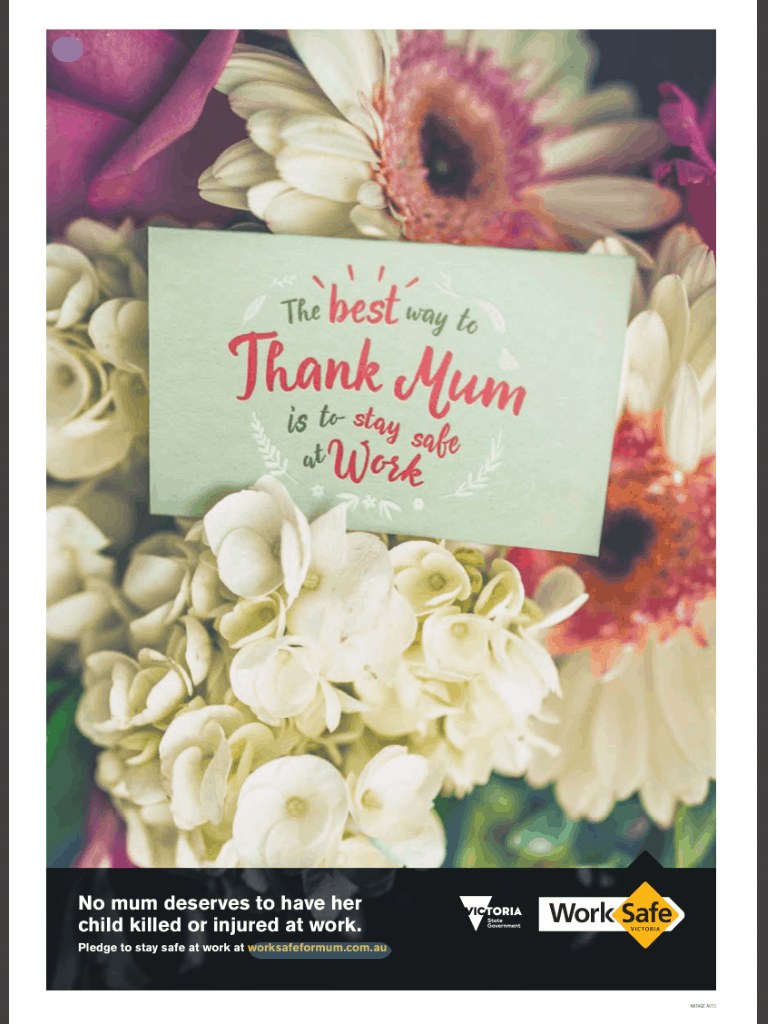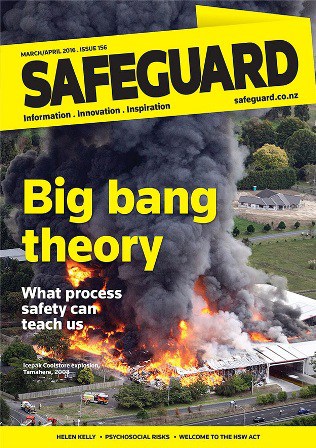I get a lot of connection requests to my LinkedIn profile from people I don’t know. Almost all of the requests are rejected and the reason I give is because I don’t know them. The requests are impersonal and provide no context so why would I accept them? Then I found myself reconnecting through this lazy way with Peter Sandman. We know each other but have not had contact for several years. Peter responded with a long email that reconnected properly by explaining how he values our connection and our changed circumstances
I am very happy to connect with anyone involved with workplace safety or the myriad of issues that relate to it but here are my suggestions about how to do this. Continue reading ““but I don’t know you” – how to connect”



